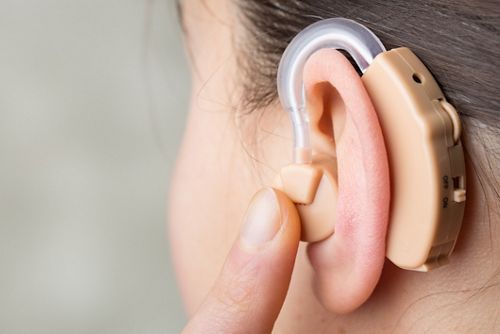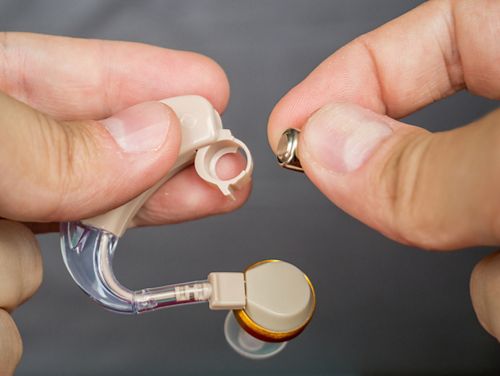Menu
Close
Back
Welcome to
Together is a new resource for anyone affected by pediatric cancer - patients and their parents, family members, and friends.
Learn MoreDaily care is important to keep hearing aids working properly. The better you care for your hearing aid, the less often it will need repair or replacement.
There are different types of hearing aids. Follow the instructions you were given for your specific device.

Ensure your hearing aid has no cracks and has no blockage in the tube.
If feedback occurs after all these things have been checked, talk to your audiologist.

Check the hearing aid battery and replace old batteries right away. Always keep batteries away from children.
Clean your hearing aid as instructed. Wipe the case with a dry, soft cloth. Do not get your hearing aid wet!
Behind-the-ear (BTE) hearing aid: Detach the earmold and tubing from the ear hook, which is the half-moon shaped plastic connected to the hearing aid. Clean the earmold and tubing in warm, soapy water. Make sure earmolds are completely dry before re-attaching them. If the microphone port is clogged with debris, gently remove it with a wax loop tool. Be careful not to push the wax loop tool in too deeply. It might damage the hearing aid.
In the ear (ITE): Gently remove debris from the hearing aid openings with the wax loop tool.
If you have questions about how to care for your hearing aid, talk to your audiologist.
—
Reviewed: September 2022